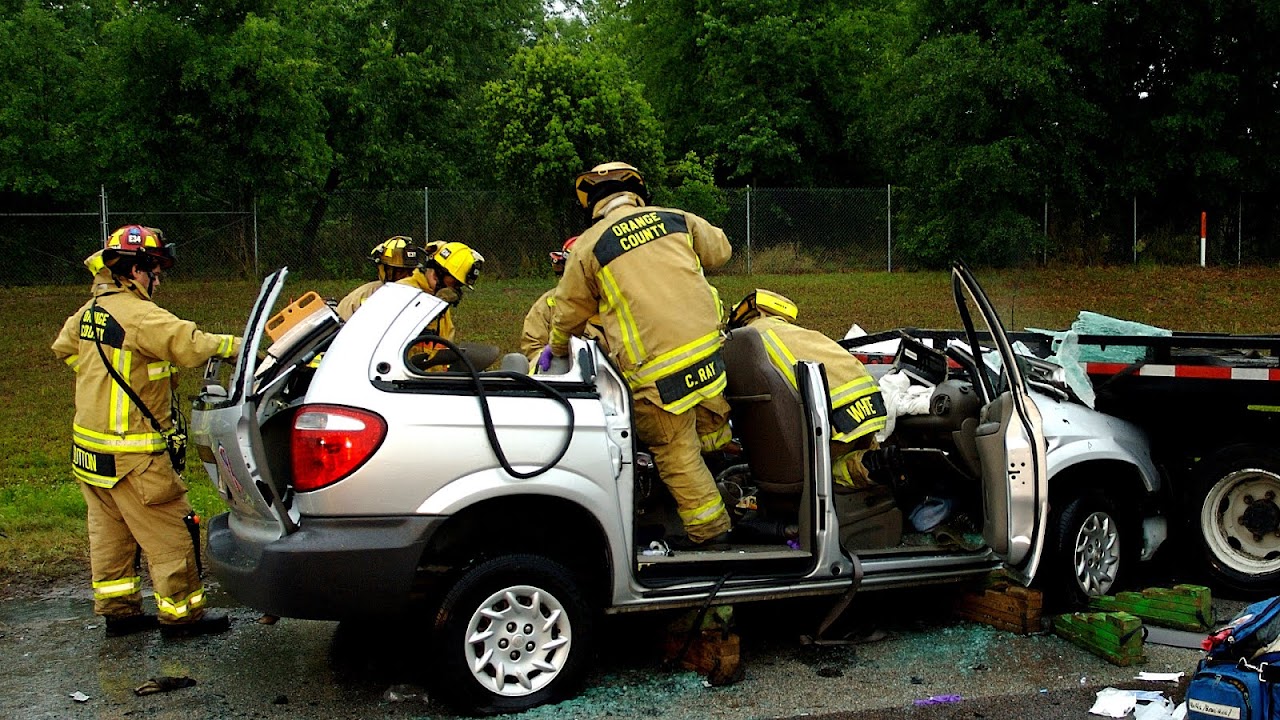The Florida Commuter Airlines Flight 65 crash into the Atlantic Ocean near West End Settlement on Grand Bahama Island occurred on September 12, 1980. The Douglas DC-3A departed West Palm Beach, FL at 20:35 and crashed at about 20:58 leaving no survivors. The plane was not recovered. The cause is undetermined, but factors include "known thunderstorm activities and turbulence, preexisting discrepancies in the pitot-static system of the aircraft and their effect on the reliability of the flight instruments, and lack of operational control exercised by the airline's management." The originally scheduled pilot was unable to fly and the replacement pilot informed flight operations for Florida Commuter Airlines that he could not fly "14 CFR 135 flights since he was overdue for a 6-month instrument check. The Director of Operations assured the replacement pilot that the flight was to be conducted under 14 CFR 91 and that, for that reason, he was not required to have a current 6-month instrument check. The pilot then agreed to fly a Part 91 flight."

Maps, Directions, and Place Reviews
Description
Takeoff was initially aborted due to no airspeed indication. Passengers were deplaned. Maintenance determined that the tube ram air openings were covered by mud dauber nests. The nests were cleared and a high speed taxi run verified the fix. Passengers reboarded and the plane was able to take off. At 20:58 the pilot radioed Freeport Airport control tower that he was prepared to land. That was the last communication from the plane. The plane had no radar and no way to know how bad the weather was ahead of them. The control tower tried to radio the plane at 21:15, but received no response. At 22:43 a United States Coast Guard C-131 reached the area and spotted debris and bodies floating in the water. There were heavy thunderstorms in the area. 16 bodies were recovered prior to the termination of the search on September 15, 1980. There were initial reports that some of the bodies were wearing life jackets, but later reports from the US Coast Guard indicated none of the recovered passengers were wearing life jackets. The aircraft was never located. There were reports of sabotage which were investigated. However, on page (13) of the Aircraft Accident Report, the NTSB noted "Sabotage, or foul play, has been discounted by the Federal Bureau of Investigation and has not been considered in this evaluation".
Eyewitness accounts state that the plane was flying low and plunged into the ocean shortly after passing through a cloud.
The flight was a promotional flight for the airline with tickets selling for $20 each just to cover expenses. The stay in Freeport was supposed to be six hours so the passengers could gamble and return quickly. The flight was due back at 02:00. All but two of the passengers were residents of Palm Beach County.
Accident In West Palm Beach Video
Crew
- Captain Bill Selva of Lake Clarke Shores, Florida was described as an excellent pilot and very familiar with the route.
- Copilot Diana Leonard had experience on the route and with DC-3's.
- Flight Attendants Jennifer Kruger and Suzanne Payne were both said to be well trained and enthusiastic about their work.

Passenger manifest
Passenger Jack Levenson had initially booked the flight for (13) friends and colleagues on the airline's much smaller Piper Navajo, paying $400 for the trip. As the Navajo seats a maximum of (7) passengers, the decision was made to use the DC-3 aircraft. In order to fill the excess seats, the airline informally sold tickets for as low as $18 to airline business partners. This resulted in large numbers of passengers who were acquaintances.

Aircraft
The DC-3 that crashed was originally built for the United States Army Air Forces as a Douglas C-53D in 1942. It was converted to a DC-3A after World War II. It flew with Northeast Airlines from 1946 until 1961 when it was acquired by Lake Central Airlines. Later it flew for Red Baron Airlines and finally for Florida Commuter Airlines.

Aftermath
A committee called the Raise the Plane Committee made plans to locate the aircraft and recover it from an estimated depth of 1800 feet. The recovery effort was abandoned after the committee was unable to secure enough money to locate the plane.
The NTSB report would later determine that the method used to clear the pitot tubes was an "...improper maintenance procedure" and may have contributed to the crash. The chief mechanic, Sam DeThomas, used a small screwdriver and a coat hanger instead of the required procedure to remove the mud dauber nest. DeThomas said the reason he didn't follow the proper procedure (which required disconnecting instruments from the panel and blowing compressed air through the pitot tubes) was passenger impatience. DeThomas told investigators that "I had the problem of people screaming that they wanted to get back on the airplane - not get back on the airplane, but they wanted to go"
The Airline was insured by Aviation Insurance Co., a representative of Lloyd's of London. Coverage included aircraft liability, property damage, bodily injury to passengers, and damage to passenger's property. Several of the passenger's families sued the airline, but later reluctantly settled for $35,000 per passenger. The mother of Mary McNamara later stated that "I feel badly about it, but we couldn't go through any more. Answering all those questions... They (attorneys for the insurance company) made us feel like she was someone who rented a room from us. I cannot tell you what she meant to me. A beautiful young girl walked out the door and was brutally murdered."
Source of the article : Wikipedia


EmoticonEmoticon